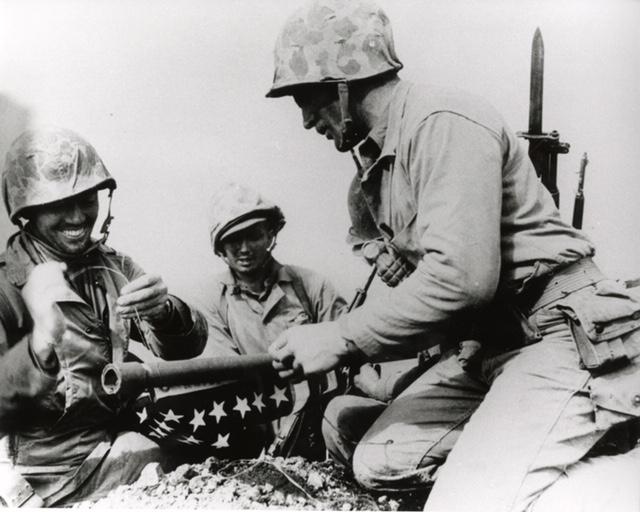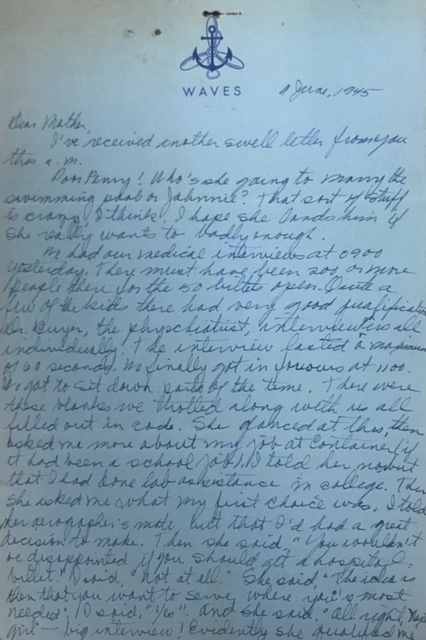
Florida State University’s Institute on World War II and the Human Experience is set to present its newest exhibit, “Love, Dolly: Letters Home in World War II,” at the Chipola Center for the Arts in Marianna.
The exhibit will feature six collections of letters and historical artifacts on loan from the institute. Highlights include letters from the collection of Lois Elaine “Dolly” Madison, which recount a young woman’s service in the women’s auxiliary division of the Navy, and the collection of Ernest “Boots” Thomas, a Tallahassee resident whose correspondence informed his mother and sister of his time in the Marines.
“These letters were a vital connection between service members and their loved ones on the home front,” said G. Kurt Piehler, associate professor and director of the Institute on World War II and the Human Experience. “More than 70 years after they were written, the letters still provide an intimate connection to the Second World War and the men and women who fought in it.”

The exhibit will be on display from Thursday, March 14, through Monday, April 22, and will kick off 6 p.m. Thursday with a dramatized performance of the letters. “Our Lives in Letters: A World War II Perspective,” was adapted by Rachel West, a literature professor at Chipola College, and Constance R. Smith, the director of technical theatre at Chipola College who first conceived the idea of bringing the letters’ contents to the stage. Graduate actors from the Northern Illinois University School of Theater and Dance will perform in the production.
The two-part event will create a unique, multimedia experience designed to bring history to life. The exhibit opening is free and open to the general public. Tickets for the performance are available for purchase at www.chipola.edu/boxoffice/.
“Students, staff and volunteers researched and transcribed over 40 letters from six collections to showcase varying wartime experiences as told by those who lived them,” said FSU doctoral candidate Alison Reilly, who coordinated the exhibit. “We are proud to be able to share their stories and honor their memory and service through this exhibit.”
Other collections used in the development of the exhibit and performance include the letters, documents and artifacts of Leon Lindauer, Eleanor and Bascom Walden Sparkman, Roy Viva Simmons, Charlotte Mansfield, Dorothy Koontz, Earl “Bill” Bailey and Barbara Gier.
The collections were primarily processed by a team of student-curators from the institute who chose materials from the archives that would best fit the themes of the exhibit and play.
“Working on this exhibit over the last six months has been such an incredible experience,” said Emma Davis, an institute intern and FSU undergraduate. “I am so grateful for this opportunity to help bring the personal stories of World War II out of the archive and transform them into a memorable experience for the public and my community here at Florida State.”
To learn more about the Institute on World War II and the Human Experience, visit ww2.fsu.edu.




